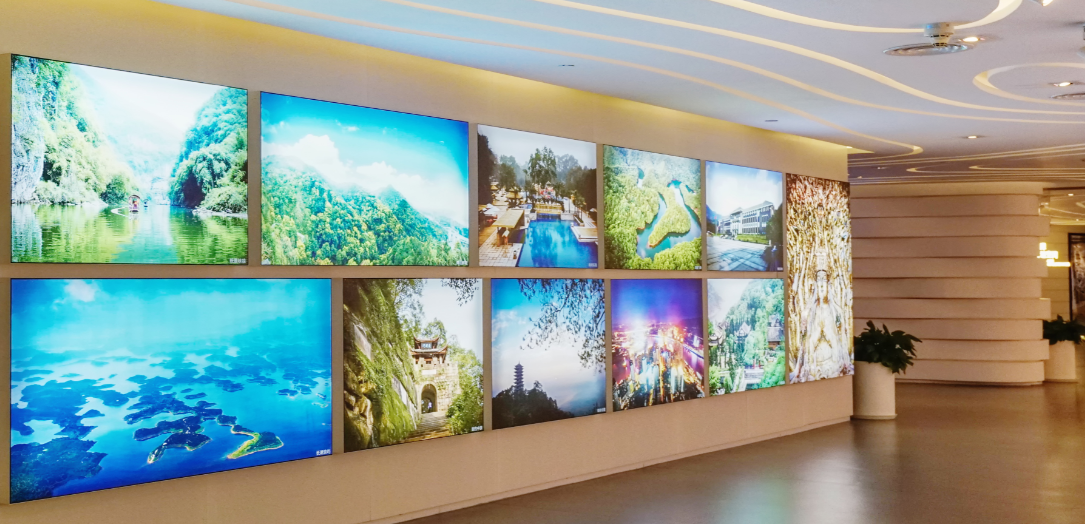There are currently about 10 billion incandescent lighting, and they consume about one-fifth of the world's energy. With the current “going green†ecological trend, in order to save energy, many people are looking for new ways to save our planet. Solar, wind, hydro and other renewable energy sources are being built to replace the harmful environment of coal and steam.
Another energy-saving alternative is to consume less energy through smart grids and smart systems, consuming energy only when needed. For lighting systems, LEDs combined with smart sensor circuits appear to be a promising approach that can be used to solve high energy consumption problems. LEDs, or solid-state lighting (SSL) protocols, consume about a third of the energy of incandescent lamps, and they are more efficient ways to use energy. Manufacturers already have such a solution.
Watt-sucking incandescent lamps continue to dominate the residential lighting landscape, although they are inefficient and only convert a small portion of the energy into light. The rest of the energy is wasted and disappeared through the glass cover as heat. Because incandescent lamps are inefficient, they have already been phased out in many countries around the world. Australia and Venezuela are at the leading stage at this stage, and the United States will begin this matter in 2012 through 2014. Energy-saving lamps (CFLs) are already in use, saving 25% of the household's power consumption and generating less heat. In fact, a 20W energy-saving lamp can emit the same brightness as a 75W incandescent lamp.
Consumer conversions from incandescent lamps to energy-saving lamps were converted in the late 1990s to provide discounts to people in cities and towns. What attracts consumers is “going green†to achieve cost savings on the bill. However, this is not a positive experience for many people. For example, they want light to darken, while energy-saving lamps cannot adjust the brightness and darkness through the regulator. The energy-saving lamps contain a small amount of mercury and need to properly handle harmful substances. Many bulbs will be recycled and disposed of properly, but most will be buried in the dump, which will cause groundwater contamination. The adoption rate of energy-saving lamps is very low, and it is estimated that only about 11% of households in the United States use them. Energy-saving lamp technology has improved significantly over the past five years, but there is still no optimal solution.
Advances in semiconductor lighting (SSL) technology have led to a rapid increase in LED lighting in commercial and residential markets. Committed to long life, better luminescence, and more energy efficient, these are the main factors that LEDs replace incandescent and energy-saving lamps. LEDs only need to consume one-third of the energy of their predecessors. It can take full advantage of smart sensors and microcontrollers to truly bring additional energy and economic benefits, and is truly a "green" technology. Some experts expect that most consumers will be willing to use LED lighting in less than a year.
In the next few years, the lighting industry will usher in a critical moment in the history of lighting, and many states in the European Union, Canada, Brazil and the United States will gradually take measures to get rid of incandescent bulbs from the market. Local public utilities in the United States have begun to introduce LED light incentive plans, which will accelerate the adoption of LED lighting. These stimuli will compensate consumers for the high cost of buying new lights, which are about five times the cost of energy-saving lamps.


With the continuous development of technology, Led Video Wall has been widely used in various industries. Video wall is very general, suitable for any application and environment.
LED video wall makes use of multi-media technology, computer technology, video technology and other technologies to integrate together, creating a broad market for it And LED video wall has clear image quality, low power consumption, long life and other characteristics.
LED video wall is composed of many Led Display screens. Small space LED video wall has become the standard display technology for most indoor video screen applications, which is used for entertainment, notification and advertising. Small space Led Display Screen has high definition, fine quality, clear resolution, image and content. Led high-definition display can be designed as cylindrical, concave or oval in the building, enhancing the aesthetic feeling and atmosphere.

Indoor LED Video Wall Screen
Led Video Wall,Led Video Wall Panel,Led Modular Wall Setup
Shenzhen Vision Display Technology Co,.LTD , https://www.ledvdi.com


